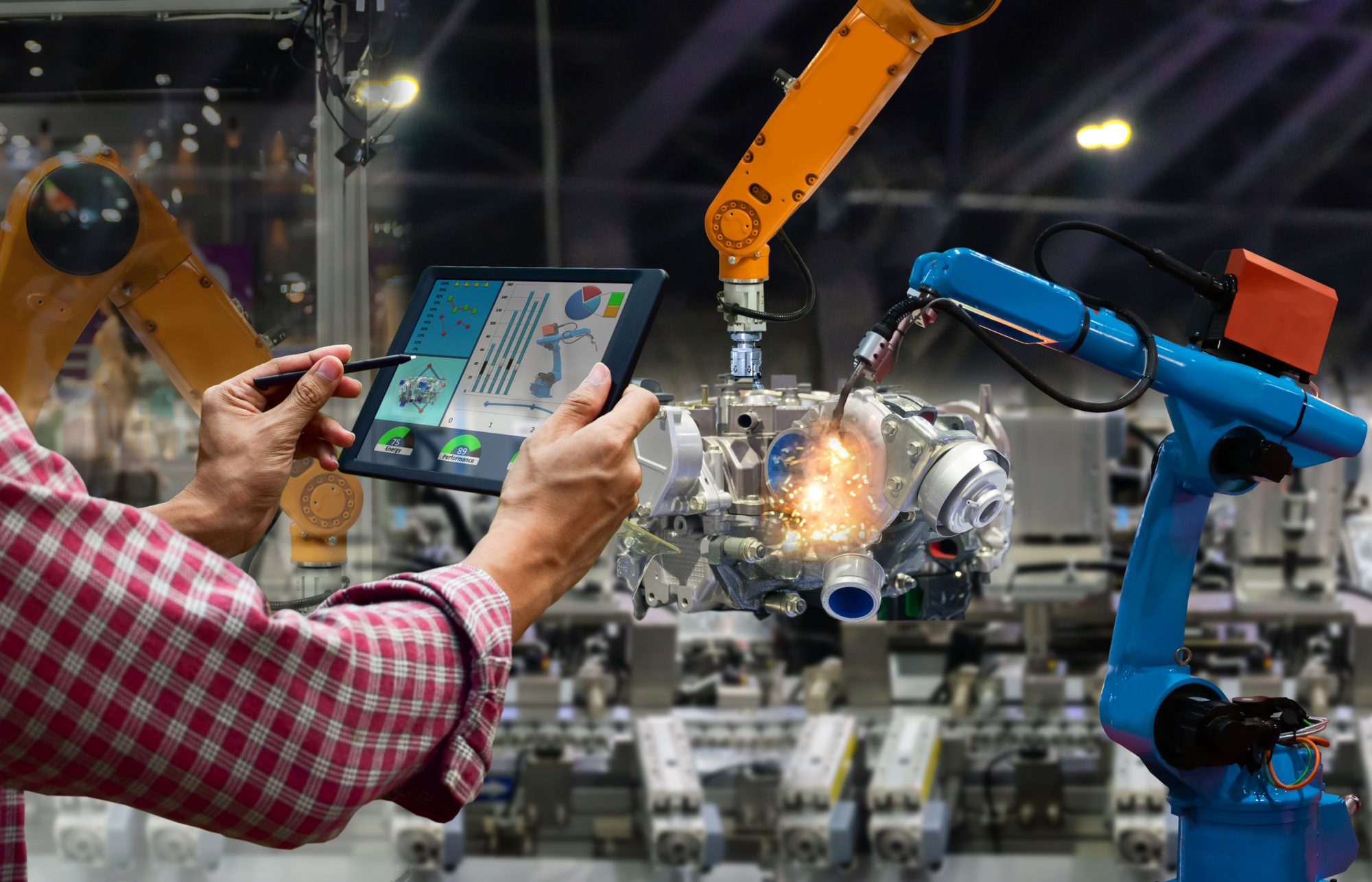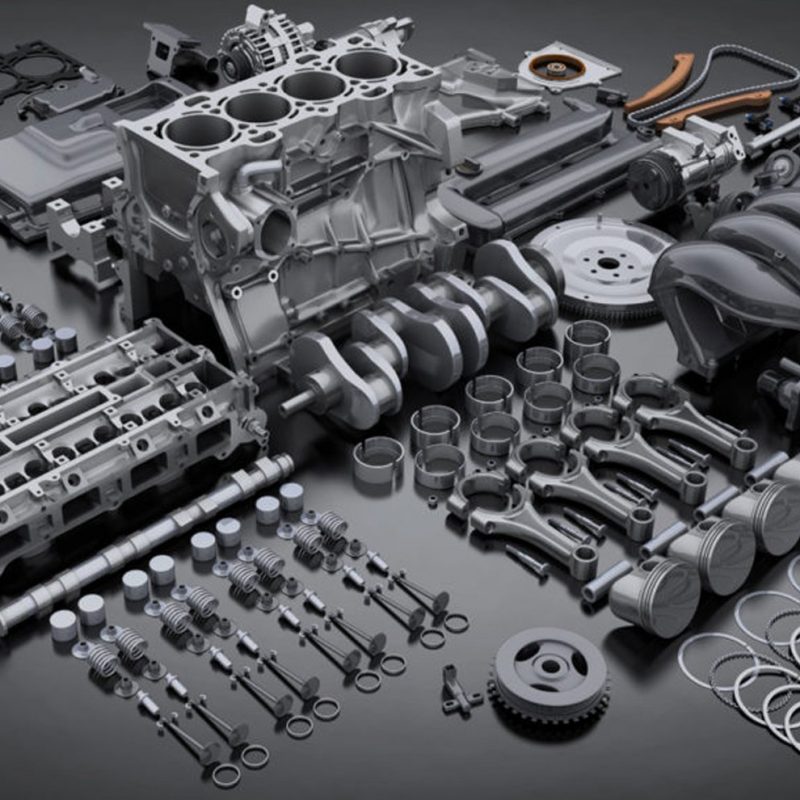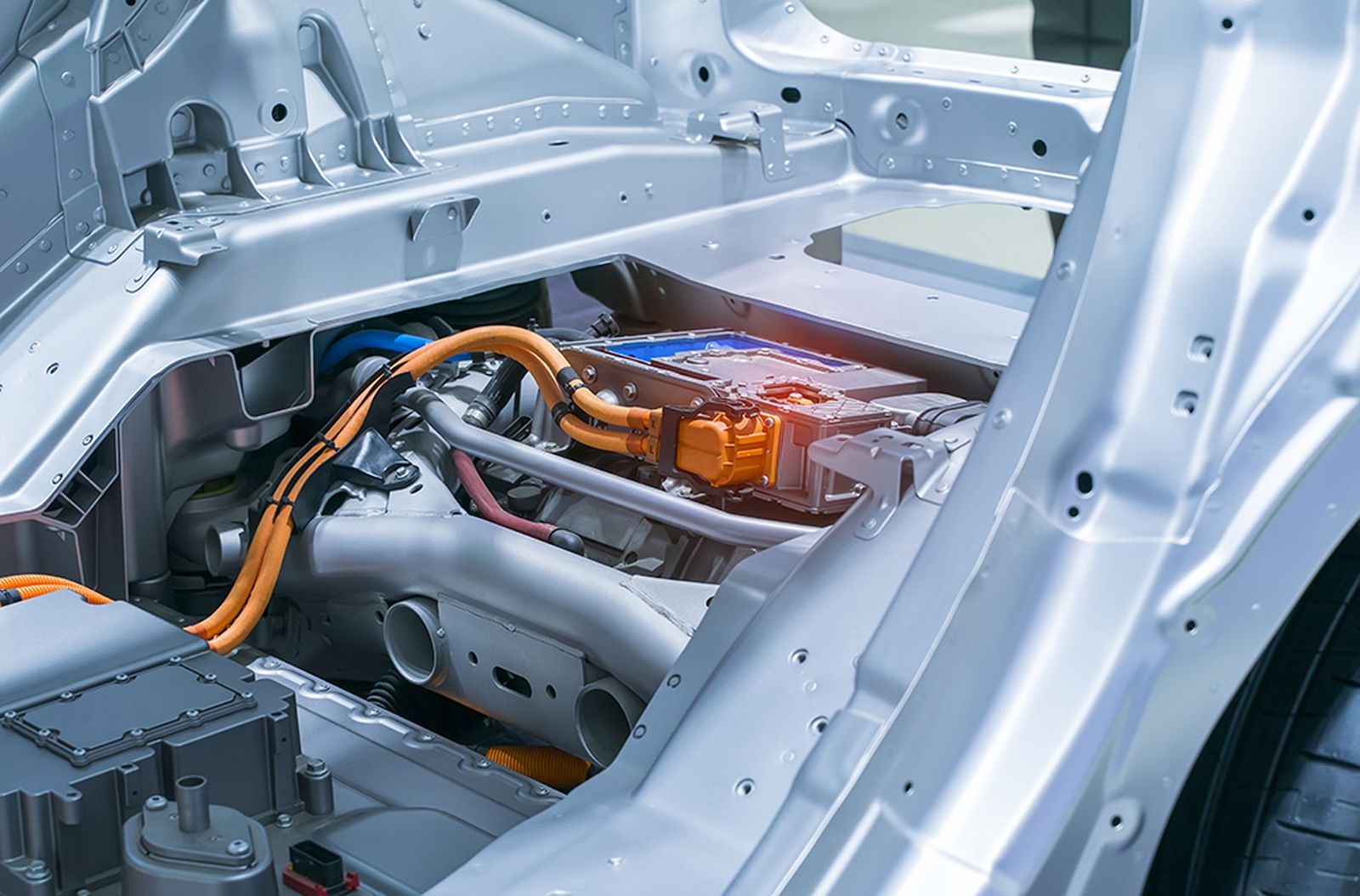The Role of Artificial Intelligence in the Future of Transportation
The Role of Artificial Intelligence in the Future of Transportation
A. Explanation of the topic: Artificial Intelligence (AI) has the potential to revolutionize the transportation industry, from self-driving cars to smart traffic management systems. This blog post will explore the current state and future possibilities of AI in transportation.
B. Importance of transportation in our daily lives: Transportation plays a crucial role in our daily lives, allowing us to move around and access goods and services. From commuting to work to transporting goods across the country, transportation enables us to live and work in the way we do. With the increasing population and urbanization, the demand for efficient and sustainable transportation is becoming more and more essential.
C. Overview of the current state of transportation: Currently, transportation is dominated by human-operated vehicles such as cars, buses, and trains. However, with advances in technology, we are seeing an increasing number of automated vehicles on the road, including self-driving cars and trucks. In addition, cities are implementing smart traffic management systems to reduce congestion and improve traffic flow. Public transportation systems are also becoming more advanced, with the use of real-time tracking and scheduling.
II. The Impact of Artificial Intelligence in Transportation
A. Self-driving cars and trucks: One of the most significant impacts of AI in transportation is the development of self-driving cars and trucks. These vehicles use a combination of sensors, cameras, and software to navigate roads and make decisions. This technology has the potential to greatly improve safety, reduce traffic congestion, and increase efficiency. Self-driving cars could also provide greater mobility for people who are unable to drive, such as the elderly or disabled.
B. Smart traffic management systems: AI-powered traffic management systems use real-time data to optimize traffic flow and reduce congestion. These systems can also predict traffic patterns and adjust traffic signals accordingly. This can lead to shorter travel times, fewer emissions, and improved safety.
C. Improved public transportation: AI can also be used to improve public transportation systems. Real-time tracking and scheduling can make it easier for people to plan their trips, while automated vehicles can increase the efficiency and reliability of public transportation.
D. Reduced accidents and increased efficiency: Self-driving cars and trucks can greatly reduce the number of accidents caused by human error. With AI-powered vehicles, the risk of accidents due to distracted or impaired driving is eliminated. Furthermore, AI-powered traffic management systems and public transportation can increase overall transportation efficiency, reducing the number of cars on the road and improving traffic flow.
III. Challenges and Opportunities
A. Technical challenges in implementing AI in transportation: Implementing AI in transportation comes with a number of technical challenges. One of the main challenges is ensuring the safety and reliability of self-driving cars and trucks. This requires a significant amount of data and testing to ensure that the AI systems can handle a wide range of driving scenarios. In addition, integrating AI systems with existing transportation infrastructure can also be a challenge.
B. Economic challenges and benefits: The implementation of AI in transportation also comes with economic challenges and benefits. The development and deployment of self-driving cars and trucks can be costly, and there is a risk of job loss for drivers. On the other hand, the increased efficiency and safety of AI-powered transportation systems can lead to economic benefits such as reduced fuel consumption and fewer accidents.
C. Ethical and social implications: The use of AI in transportation also raises ethical and social concerns. For example, the use of self-driving cars raises questions about responsibility in the event of an accident. Additionally, the implementation of AI-powered traffic management systems may lead to unequal distribution of resources and opportunities. It is important for society to consider these implications and ensure that the benefits of AI in transportation are distributed fairly.
IV. Case Studies
A. Examples of current AI applications in transportation: There are already several examples of AI applications in transportation, such as self-driving cars and trucks, smart traffic management systems, and improved public transportation. For example, Waymo, a subsidiary of Alphabet, has been testing self-driving cars on public roads since 2009, and they have logged over 20 million miles. In addition, many cities around the world have implemented smart traffic management systems to improve traffic flow and reduce congestion.
B. Success stories and lessons learned: There have been several success stories in the use of AI in transportation. Waymo’s self-driving cars have logged millions of miles without a single accident caused by the technology. Smart traffic management systems have been successful in reducing congestion and improving traffic flow in cities such as Singapore and Amsterdam. These success stories can provide valuable lessons for future applications of AI in transportation.
C. Future potential applications: The potential applications of AI in transportation are vast. In addition to self-driving cars and smart traffic management systems, AI could be used to improve transportation logistics and planning, such as optimizing delivery routes for goods. In the future, AI could also be used to create more sustainable transportation systems, such as electric and autonomous public transportation. The key is to continue to develop and refine the technology so that it can be implemented in the most efficient and effective way possible.
V. Conclusion
A. Recap of key points: In this blog post, we have explored the current state and future possibilities of AI in transportation. We discussed the impact of AI in transportation, including self-driving cars and trucks, smart traffic management systems, improved public transportation, and reduced accidents and increased efficiency. We also discussed the challenges and opportunities that come with the implementation of AI in transportation, including technical challenges, economic challenges and benefits, and ethical and social implications.
B. Discussion of future developments: The future of AI in transportation is bright, but there is still much work to be done. Advances in technology and the increasing availability of data will continue to drive the development of AI in transportation. As the technology becomes more sophisticated, we can expect to see more self-driving cars and trucks on the road, and more cities implementing smart traffic management systems.
C. Final thoughts and recommendations: AI has the potential to revolutionize transportation and make it safer, more efficient, and more sustainable. However, it is important to approach the implementation of AI in transportation with caution, considering the potential challenges and implications. It is also important to ensure that the benefits of AI in transportation are distributed fairly. By working together, the public and private sectors can continue to develop and refine the technology so that it can be implemented in the most efficient and effective way possible.








